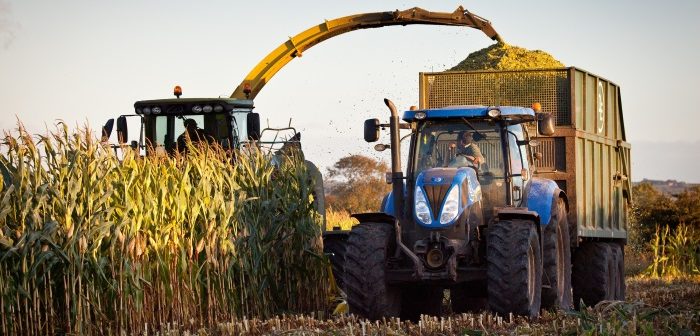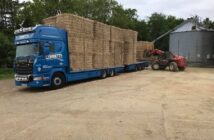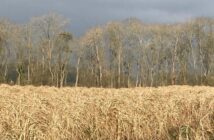Hutchinsons has seen a continued increase in the amount of maize now being grown within the UK and recent growth has been fuelled by the rising demand for the crop as a feedstock for biogas production.
As a consequence, the crop is being grown more widely across the UK, on differing soil types, in varying regional climatic conditions and across a wider variety of individual farm businesses, with differing rotational demands.
“One of the key challenges now facing the grower is the likely impact of harvest on soil management. Hutchinsons Energy began looking in depth into this issue in 2014 and has built up useful expertise to offer advice to growers,” explains Kiryon Skippen, Hutchinsons energy manager.
“Heavy machinery working in the autumn, when wet soils are unable to take their weight, can result in soil compaction and associated soil erosion and soil wash. This constitutes a real threat with potential penalties to Basic Payment Schemes and long term damage to soil structure, which can have serious consequences for following cropping in the years ahead.”
“Where fields are not being cropped over winter, under sowing, or after sowing, with cover crops will reduce soil loss and soak up surplus nutrients. Hutchinsons has found that an Italian ryegrass or hairy vetch mixture broadcast 6 weeks after maize drilling has beneficial effects.”
Variety selection
The last three years have all been different from a climatic perspective and this highlights the risks involved in maize varietal selection, adds Peter Brundle, commercial seed specialist for Hutchinsons.
“2014 was near perfect in all respects; sufficient heat, good light and adequate rainfall. 2015 saw good growth from light and rainfall, but low temperatures in the latter stage of maturity resulting in delayed harvesting.”
“There was a slow start to 2016 with poor light levels, followed by very dry conditions and excessive heat in August and early September, causing rapid dry-down.”
“So, when planning variety choice, the land type and an acceptance of differing climate and growing conditions should be considered. Opting for a selection of variety types and maturity ranges would be advisable, to avoid late harvesting, as well as spreading the harvest work load,” he says.
However, he points out that Hutchinsons trials show that there are some varieties which seem able to cross the boundaries of climatic variables and provide consistent results.
“We have also seen a shift in sales to earlier maturing hybrid varieties, to ensure harvesting is not delayed.”
The Pioneer range has produced consistent performers in our trials. P7892 has been the most consistent performer over the three years, and in the exceptional conditions of 2016, a good producer of Metabolisable Energy (ME), he says.
Kiryon Skippen, notes that many growers have recognised this consistency in performance and that P7892 regularly forms the foundation of many people’s variety choices.
Newer varieties P7326, P7378 and KWS Autens, coped well with the stressful 2016 growing conditions and were in the top performing quartile of varieties tested, despite being classed as very early varieties, he adds.
Later varieties, which offer the prospect of longer season growth, a later harvest date and therefore potentially more ME in the right conditions, were also assessed in the trials.
“The later variety Indexx from RAGT produced the highest dry matter yields at our Suffolk trial site and close to top ME levels. In addition, after two years of trials, the medium maturing variety Movanna from DSV looks like it will provide good reliability.”
As confidence in this variety builds, Kiryon Skippen points out that growers pleased with its performance in 2016, are now keen to feature it in their variety selection for 2017.
“In western areas, the well – established “early” variety Agiraxx continues to be a popular choice, following several years of prize winning performance.”




